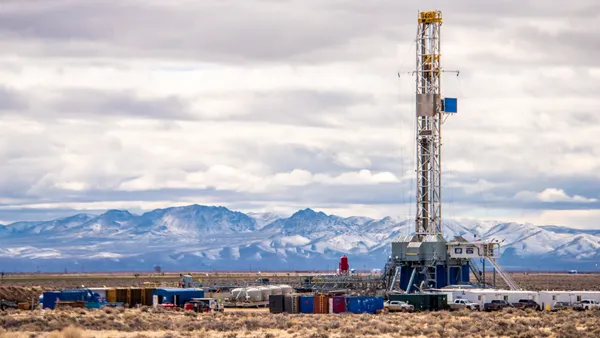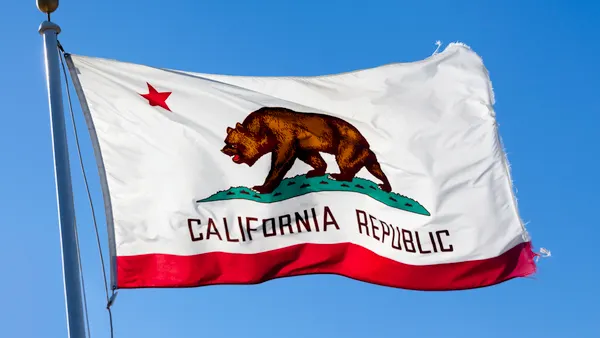There are many factors driving the future of the U.S. clean energy sector, which broke records last year in electric vehicle sales, new electricity generation and domestic manufacturing. But “perhaps the biggest factor .... will be results of the 2024 presidential election,” said a Feb. 7 report from the World Resources Institute.
However, even before the election takes place, the balance of federal power could be shifted by the Supreme Court’s upcoming decision on whether or not to discard the Chevron Doctrine, which gives federal agencies the power to reasonably interpret ambiguous statutes. A decision is expected in the first half of this year.
“If this were to happen, agency rulemaking of all types, including power sector rules, would be subject to more judicial scrutiny, and fewer regulations may survive,” said WRI’s report.
Unlocking the billions of dollars of tax credits available in the Inflation Reduction Act and turning them into successful clean energy projects will also rely on outstanding factors like interest rate adjustments, IRS guidance, and transmission reform, WRI said.
“Developers and other stakeholders are still awaiting final guidance from the administration on how the incentives will work,” the report said. “And new funding and financing mechanisms often have a learning curve.”
For example, the domestic content tax credit bonus is “complex” and until the industry receives final guidance, it’s “unclear if incentives will be widely utilized,” WRI said.
The clean energy industry is also awaiting an announcement from the Federal Reserve on whether or not it intends to cut interest rates soon. High interest rates can impact project development and contributed to a low rate of mergers and acquisitions in the solar sector in 2023, Mercom Capital Group CEO Raj Prabhu said last month, and the industry was hoping to see cuts early this year.
Despite these uncertainties, the clean energy industry boomed in 2023, continuing to be the dominant form of new electricity generation in the U.S., said WRI. A record 31 GW of solar capacity was installed last year, a roughly 55% increase year-over-year, and a record 1.2 million EVs were sold — 7.6% of all vehicle sales, up from 5.9% the previous year.
Permitting, siting and transmission remain significant obstacle for clean energy projects, the report said. Congress is considering several pieces of legislation that would address these challenges — including the BIG WIRES Act, which aims to solve core problems with transmission planning — but their actions on permitting reform are “uncertain,” WRI said.
“Several other actions by [the Federal Energy Regulatory Commission] and [the Department of Energy] will be critical for advancing regional transmission,” said the report.
These actions include FERC’s upcoming decision on a proposed rule issued in 2022 on transmission planning. The rule has a clearer path to finalization now that the commission’s composition has changed, and Chairman Willie Phillips has said that doing so is a priority for him.
“A strong rule would address cost allocation processes, a 20-year planning horizon, and define a comprehensive set of benefits categories that should be considered when assessing lines and allocating costs,” WRI said.
In addition, DOE announced a solicitation for up to $1.2 billion in capacity contracts for transmission projects on Feb. 6, and in December issued final guidance for National Interest Electric Transmission Corridors, or NIETCs, clearing the way for Energy Secretary Jennifer Granholm to begin making NIETC designations this year.











